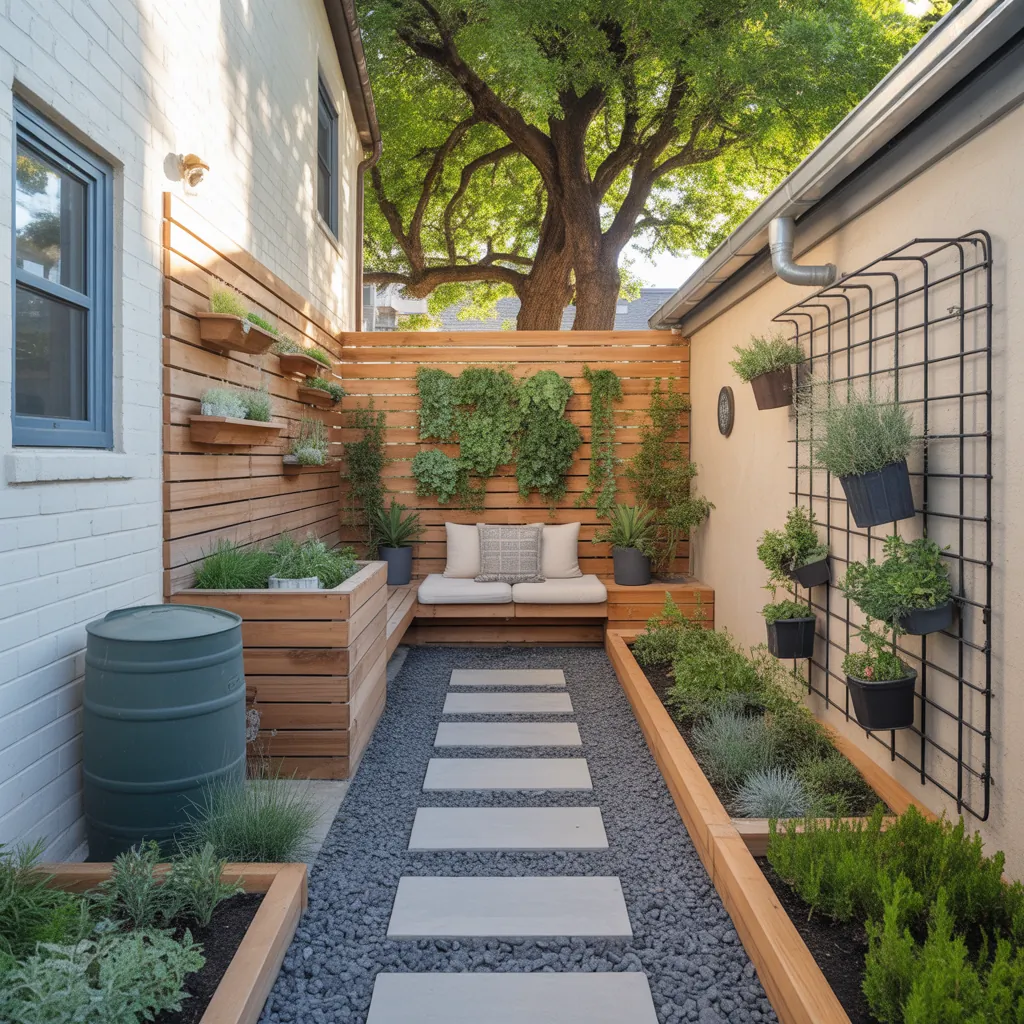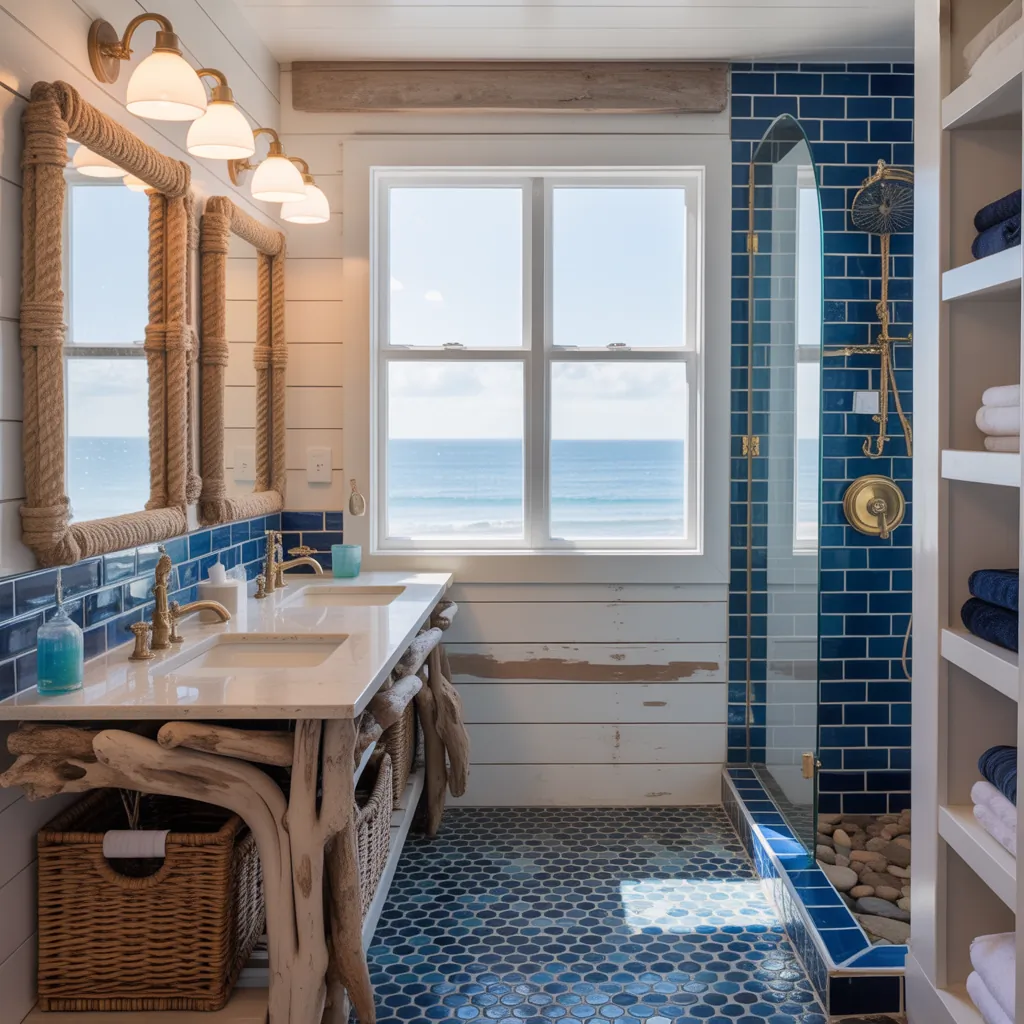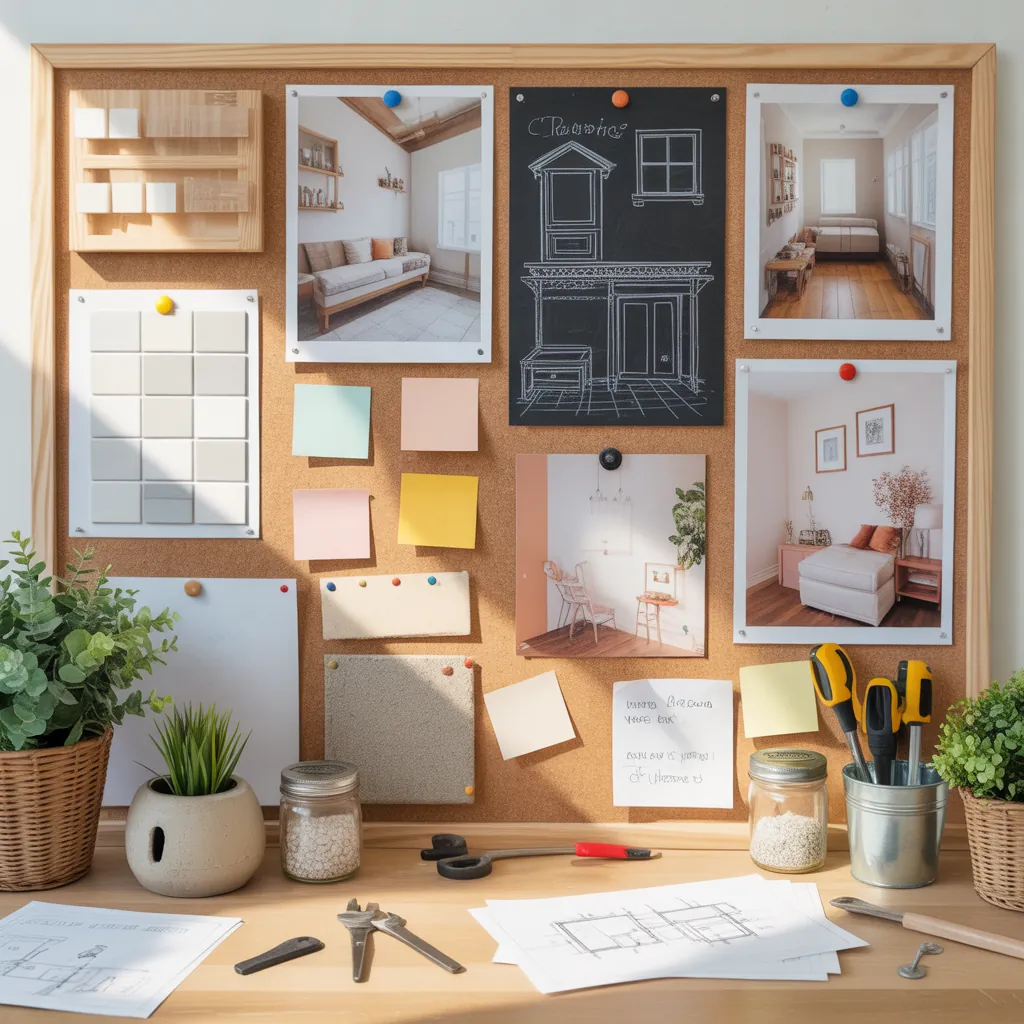Does your side yard feel like a narrow weed corridor that you only notice when you trip over a hidden sprinkler head? You’re not alone. Many homeowners treat the side yard as an afterthought — then end up stuck with constant trimming, muddy pathways, or plants that refuse to thrive. If you want a tidy, attractive space that doesn’t eat your weekends, these practical, do-it-yourself solutions will give you low-maintenance curb appeal and functional outdoor space.
Why focus on a low maintenance side yard?
Side yards are small but strategic: they connect front and back yards, hide utilities, and can provide privacy or storage. Choosing low upkeep landscaping and smart hardscaping transforms a neglected strip into a useful, beautiful area. Benefits include lower water bills, less time mowing and weeding, and fewer pests — plus an instant boost to your home’s overall design.
Design-first approach: plan before you plant
Before you dig or buy materials, take ten minutes to evaluate the space. Measure width and length, note sun and shade patterns, check soil drainage, and consider access points (gates, HVAC units, meters). This small planning step avoids costly mistakes and guides whether you choose gravel pathways, native plants, or raised planters.
Quick checklist
- Measure the area and draw a simple sketch.
- Observe sunlight for a full day (morning, mid-day, evening).
- Check for utility lines and local HOA rules.
- Decide function: storage corridor, visual buffer, or walkway.
Top low maintenance side yard ideas
Below are tested concepts that pair easy care with strong visuals. Mix and match according to your space and climate.
1. Gravel or decomposed granite pathways
A gravel path with weed barrier fabric and edging is one of the fastest, most affordable ideas for low maintenance side yard landscaping. It prevents mud, reduces weeds, and allows water to drain. Use aluminum or stone edging to keep gravel contained.
2. Drought-tolerant and native plants
Choose local, drought-tolerant shrubs and perennials that require minimal water and pruning. Examples include lavender, Russian sage, ornamental grasses, and native groundcovers. Plant in groupings for visual impact and simplified watering.
3. Low-growing groundcovers instead of grass
No-mow groundcovers (like creeping thyme or mondo grass in shade) are great for narrow strips. They suppress weeds, soften the look of a hardscape, and eliminate the need for a lawn mower.
4. Raised planter boxes and container gardens
Build simple cedar planters to elevate beds off the ground. They define planting areas, permit better soil control, and are easier on the back when you weed or harvest herbs. Modular planters can double as a privacy screen when placed along a fence.
5. Vertical gardening and trellises
Use vertical space with a trellis or living wall. Vines like clematis or star jasmine add greenery without taking up ground area and create a privacy barrier. Combine with string lights for cozy evening appeal.
6. Artificial turf for narrow strips
For owners who want a green look without upkeep, high-quality artificial turf creates a soft, clean appearance and requires near-zero maintenance. Make sure to install proper drainage and edge restraint.
7. Mulch, river rock, or bark chips
Mulch and bark chips reduce weeds, retain moisture, and break down to enrich the soil. River rock gives a more permanent, decorative look and is great around utility boxes or air conditioners.
8. Low-voltage lighting and timed irrigation
Install solar or low-voltage path lights for safety, and pair with a simple drip irrigation system on a timer to reduce watering chores. Drip systems deliver water directly to roots, cutting waste and maintenance.
DIY step-by-step: install a low maintenance gravel path (simple weekend project)
- Clear the area of debris and unwanted plants. Mark the path with string and spray paint.
- Dig down 3–4 inches and lay landscape fabric to block weeds.
- Install edging (metal, plastic, or stone) along both sides to keep gravel in place.
- Fill with 2–3 inches of compactable base (crushed stone), compact it, then top with 1–2 inches of decorative gravel or decomposed granite.
- Compact again and check levels. Add stepping stones for visual interest if desired.
- Optional: install a drip line beside the path for future planting beds.
Maintenance hacks that keep work minimal
- Mulch yearly to reduce weeds and conserve moisture.
- Use a weed fabric under gravel where foot traffic is light; avoid under planters to retain soil health.
- Prune only once or twice a year for slow-growing shrubs.
- Clean and inspect drainage after heavy rains to avoid foundation issues.
- Choose pest-resistant plants and remove invasive species early.
Real-world considerations and budget tips
Costs vary widely: a simple gravel path can be done for a few hundred dollars, while premium pavers, lighting, and irrigation add up. To keep costs down, do demolition, edging, and planting yourself and hire pros for electrical work if installing low-voltage lighting. Prioritize projects that solve problems — drainage fixes, pest control, and foundation clearance should come before decorative upgrades.
Ideas for low maintenance side yard — design inspiration
Lean into repetition and texture: repeat one or two plant types, add a gravel ground plane, and accent with a bold element like a sculptural pot or painted fence. For shaded side yards, pick variegated ferns, hostas, and moss-friendly stones. For sunny, dry strips, combine succulents, lavender, and decomposed granite for a Mediterranean look.
Frequently Asked Questions
1. What plants are best for a low maintenance side yard?
Choose native plants and drought-tolerant species suited to your light and soil. Good options include ornamental grasses, lavender, boxwood, sedum, creeping thyme, and shade-tolerant perennials like hostas. These require less water, fertilizer, and pruning.
2. How do I keep weeds out of a gravel side yard?
Install a quality landscape fabric or geotextile beneath the gravel, add an edging barrier, and use a compacted base layer. Pull visible weeds promptly and refresh the top layer of gravel every few years to keep it attractive and weed-resistant.
3. Can I install drip irrigation myself?
Yes—many homeowners successfully install simple drip systems. Choose a kit with a pressure regulator and filter, lay tubing alongside plants, and add emitters. Set the system on a timer for consistent, low-effort watering. For complex setups or tie-ins to mains, consult a pro.
Conclusion — start small, save time, enjoy the results
Transforming your side yard into a low-effort, high-impact space is entirely achievable with a little planning, the right materials, and some weekend DIY. Whether you pick gravel pathways, drought-tolerant plantings, raised planters, or vertical gardens, these ideas for low maintenance side yard will free up your time while improving your home’s look and function.
Ready to try a project? Explore more creative DIY projects, fresh home design ideas, or even small kitchen upgrades while you’re improving your outdoor space. Share a photo of your side yard project, and I’ll help you refine the plan.



